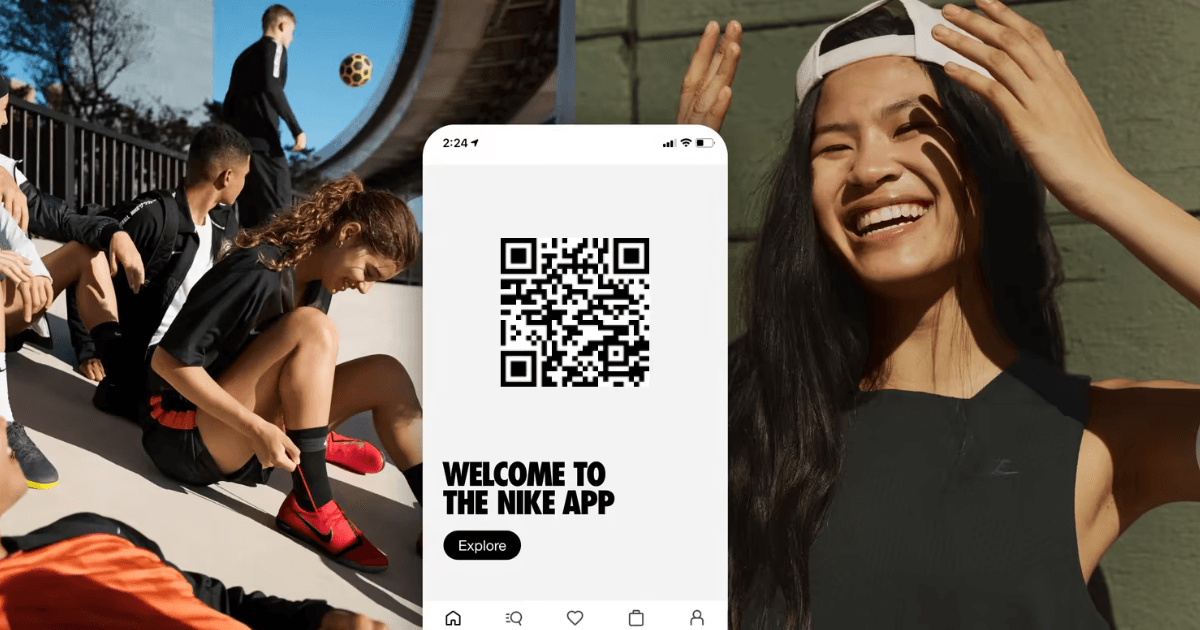

Cannabis App Development
Comparing SMS Marketing vs. Push Notification Marketing
Posted by: Nikki Tabberrah
October 29, 2024
Cannabis marketing can feel like walking a tightrope—striking that balance between engaging customers and staying compliant. Two such routes are SMS marketing and push notifications.
So, which one’s better, and when should you use each? Let’s break it down.
What Exactly Are They?
SMS Marketing
You know those branded text messages you receive from retailers about promotions or updates? Those are SMS marketing messages. This method focuses on sending texts directly to customers' phones. Customers must opt in for compliance reasons, and they should also have an easy way to opt out.
Push Notification Marketing
These are those pop-up messages you see from your favorite apps. They’re short, sweet, and designed to grab your attention at just the right moment. Users need to have your dispensary mobile app installed and notifications enabled to get these messages.
Key Differences
Reach and Accessibility
SMS can hit anyone with a phone number, as long as they’ve given you the green light to send texts.
Push Notifications depend on having your app installed and notifications turned on. This might sound limiting, but it allows for super-specific messages tailored to in-app activity.
Compliance
SMS marketing is heavily regulated to protect consumer privacy. Two key regulations in this space are the Telephone Consumer Protection Act (TCPA) and the 10DLC system.
TCPA: The Telephone Consumer Protection Act mandates that businesses must obtain express consent from recipients before sending marketing messages. This law also allows recipients to easily opt out, helping prevent unwanted or intrusive messaging.
10DLC: The 10-Digit Long Code (10DLC) system, specific to the United States, further enforces compliance by requiring businesses to register their messaging campaigns with carriers. This ensures that messages are sent only to those who have opted in, providing better control over SMS spam and enhancing the reliability of communication. Non-compliance can lead to fines, message filtering, and even carrier blocks.
On the other hand, Push Notifications offer more flexibility with fewer compliance hurdles, but app store guidelines (like those from Apple and Google) still require careful adherence to avoid penalties. Partnering with experienced developers can help navigate these regulations, ensuring a compliant and successful messaging strategy.
Engagement Rates
SMS marketing is highly effective, boasting open rates of up to 90%, making it ideal for urgent communications like flash sales and time-sensitive offers. However, the cost per SMS can add up, generally ranging from $0.25 to $0.50 per message, with prices potentially higher depending on the platform or third-party service used. These costs, combined with stricter compliance rules, can increase your overall marketing spend.
Push Notifications offer more creative flexibility, allowing for images, clickable buttons, and emojis that can enhance engagement. When used effectively, they can reach up to nearly 100% of app users, making them an appealing option for boosting user interaction with less direct cost per message. However, achieving high engagement relies on crafting messages that resonate without overwhelming users.
Personalization
SMS is great for personalized messages based on customer data, but with a text-only format, you’ll want to keep things snappy and relevant.
Push Notifications shine here, allowing detailed segmentation based on in-app actions. Did a customer leave something in their cart? Nudge them with a friendly reminder!
Learn about Dynamic Push Notifications for personalized campaigns here.
Benefits and Challenges
Benefits of SMS Marketing
Direct Line to Customers: Just about everyone checks their texts, so it’s a reliable way to connect.
Quick to Set Up: SMS campaigns are simple to launch and easy to track.
Challenges of SMS Marketing
Word Count and Visuals: Limited characters can make it tough to convey detailed messages.
Privacy Sensitivities: You must handle customer data carefully and respect opt-out requests.
Benefits of Push Notifications
Multimedia Capabilities: Add images, buttons, and emojis to create eye-catching notifications.
Advanced Targeting: Use user behavior data to send hyper-relevant messages, like notifying relevant customers of new strains or new products they might be interested in.
Challenges of Push Notifications:
App Dependency: You need an engaging mobile app and a strong app adoption and marketing strategy to capture and nurture customers.
Notification Overload: Users can quickly tune out if you overdo it, so timing and value are key.
When to Use Each
SMS Marketing: Perfect for flash deals, delivery updates, or exclusive loyalty rewards. Think urgent messages that need to reach everyone, stat!
Push Notifications: Great for nudging customers to check out their abandoned carts, reminding them of loyalty points, or highlighting new products and app features.
Why Not Both?
For cannabis businesses, a one-two punch of SMS and push notifications can be a game-changer if you wish to expand your marketshare and generate recurring revenue. Use SMS for time-sensitive updates and broad announcements, while push notifications can handle personalized and in-depth engagements.
Learn about the Dispensary Loyalty Loop - a 4-step system that combines SMS and Push Marketing for happier customers and more sales.
Final Thoughts
Navigating the complexities of cannabis marketing isn’t easy, but you can create a compliant and customer-focused strategy with the right mix of SMS and push notifications. SMS offers broad reach and instant communication, while push notifications provide personalized and visually engaging experiences. When used together, they can help you build stronger relationships, drive more sales, and stand out.
And that’s your crash course on SMS vs. push notifications—simple, effective, and ready to rock your cannabis marketing game! 🌱
Articles You May Like

7 Ways to Maximize Your App ROI This Green Wednesday

What the Cannabis Industry Can Learn From Nike

Android Users Are Ready to Spend. Is Your Dispensary Ready?
